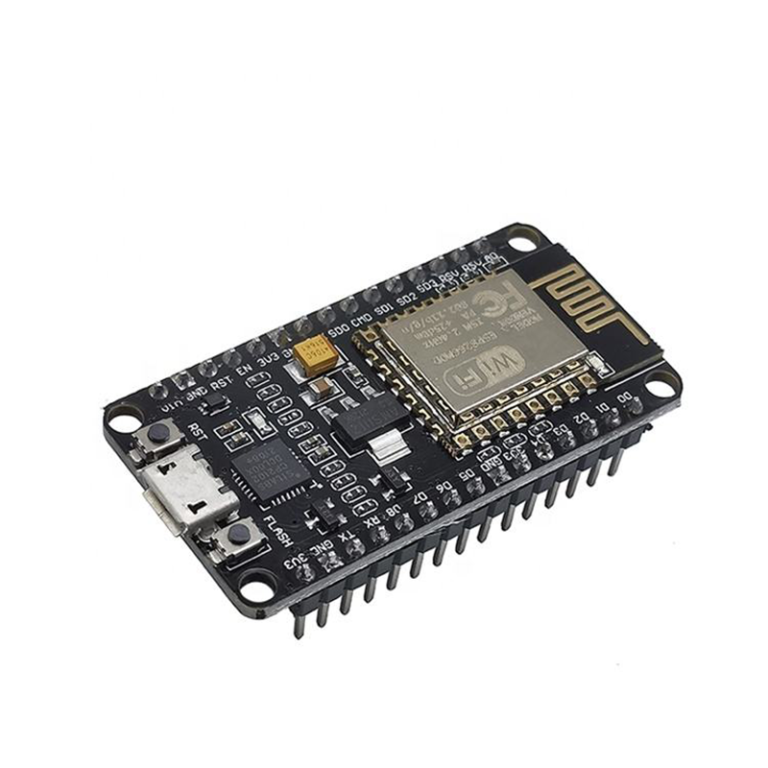Leveraging the Power of Open-source IoT Platform with ESP8266 WiFi Connectivity
In the realm of the Internet of Things (IoT), the combination of open-source technology and robust WiFi connectivity opens up a world of possibilities for developers and innovators. The NodeMCU, an open-source IoT platform, perfectly embodies this fusion, leveraging the popular ESP8266 WiFi chip and the versatile Lua scripting language.

The beauty of the Open-source IoT Platform lies in its accessibility and customizability. By being open-source, it allows developers to tinker, innovate, and build upon existing frameworks without any proprietary restrictions. This flexibility is crucial in the rapidly evolving IoT landscape, where customization and scalability are paramount.
The NodeMCU, in particular, stands out due to its ESP8266 WiFi Connectivity. This chip provides a seamless bridge between the physical world and the cloud, enabling devices to transmit data wirelessly and receive instructions remotely. The ESP8266’s WiFi capability is not just a gimmick; it’s a game-changer in terms of how we interact with and control IoT devices.
What makes the NodeMCU even more appealing is its simplicity and low cost. Despite being feature-rich, it remains affordable and user-friendly, especially with its support for the Lua scripting language. Lua’s syntax is straightforward, making it easy for developers to program the ESP8266 like any other microcontroller.
However, one challenge with the ESP8266 breakout board is its limited pins. Fortunately, the NodeMCU solves this by featuring 10 GPIO pins, each capable of using PWM, I2C, and 1-wire interface. This versatility enhances the board’s functionality, allowing it to interface with various sensors and actuators.
In conclusion, the combination of an Open-source IoT Platform and ESP8266 WiFi Connectivity in the NodeMCU offers developers a powerful tool for creating innovative IoT solutions. Its affordability, simplicity, and programmability make it an ideal choice for a wide range of IoT projects, from home automation to industrial applications. As the IoT continues to evolve, platforms like NodeMCU will play a pivotal role in bridging the gap between the physical and digital worlds.
